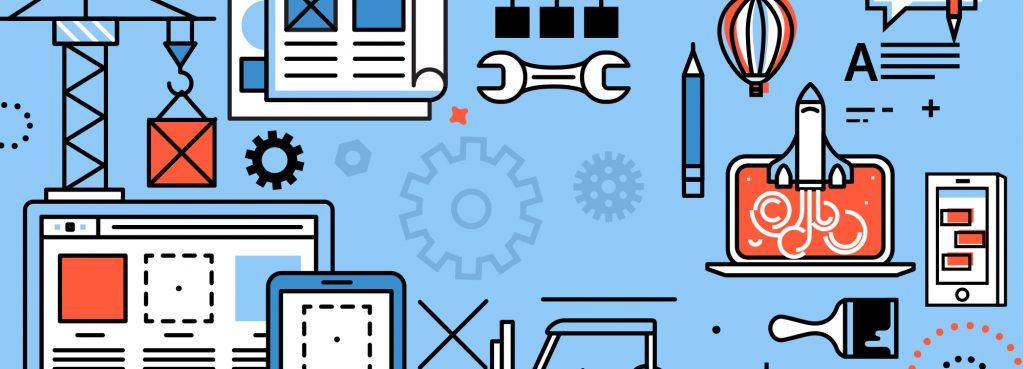Modern packaging offers a great number of possibilities to modern businessmen and their customers. As we noted in previous articles, most of the early 20th century packaging was only about glass or paper and was used for container-making. The development of digital technologies in the late 1980s and ‘90s created a revolution in marketing and packaging itself. From this moment on, packaging is not only a method to make useful, solid and pretty containers for goods. It’s a new way to communicate with the world and directly with your customer. Here is the point where good design becomes a tool or even a language to communicate with your audience.
Three Stages of the 20th Century Packaging: from Military to Digital
Early 20th packaging included bakelite closures on bottles, transparent cellophane overwraps and panels on cartons. The purpose of these types of packaging was mainly to provide goods and products safely and create packaging efficiency. The design of them even in those times was creative and tried to be attractive. Some of these containers, mostly created from aluminum and paper, are considered a piece of art and a very welcome guest in any modern collection. A lot of the best examples of this are old containers that were usually used for exotic imported foods like new tea or coffee labels. Other were used for all-new products of market-like blends of baby food or new units of household appliances. They were a cool way to introduce new goods to potential customers in an attractive and friendly manner and made the product remarkable in the people’s minds.
WWII changed the status quo in the political, cultural and economic situations of the world. After these changes packaging design had to follow suit and address the growing expansion of global marketing. This made the demand for packaging from established businesses and entrepreneurs more active, more dynamic, productive and stable. This stability brought on the emergence and fast growth of design studios, which were aimed to support business purposes via new and creative packaging solutions and make connections between seller and customers and between continents and nations as well.
Thanks to industrial and digital revolutions, modern designers have their work cut out for them. As we said, previously most packaging design decisions were solved very easily and efficiently using just basic types of containers from metal, wood or plastic. Today, they don’t limit themselves with basic types of containers but have expanded trademarks, logos and symbols onto bags, cups, T-shirts, clothes and much more! With the development of websites, packaging is now used for decorating them and for making a website’s message more attractive and understandable for others.
Over time, the purpose of packaging has changed. First, packages were used as advertisement banners on the container itself. Small, compact but very informative and full of text. It wasn’t a bad idea, but now designers and entrepreneurs prefer not to use big texts, instead opting to use small logos or even symbols which are understandable only to specific groups of consumers. This is one of the fundamentals of successful branding and is very close to creating a cult-culture around a product which is very important for a lot of people who care about their individuality and unique style.
Packaging today is an independent field in the world of design, and it is a vital tool opening possibilities and opportunities to businesses around the globe. No wonder then that it is one of the most original, creative and fast-developing design fields. So be sure to watch out for the new packaging design trends, and follow those who’re passionate about it, as we are sure we’re in for more packaging innovations in the upcoming years.






